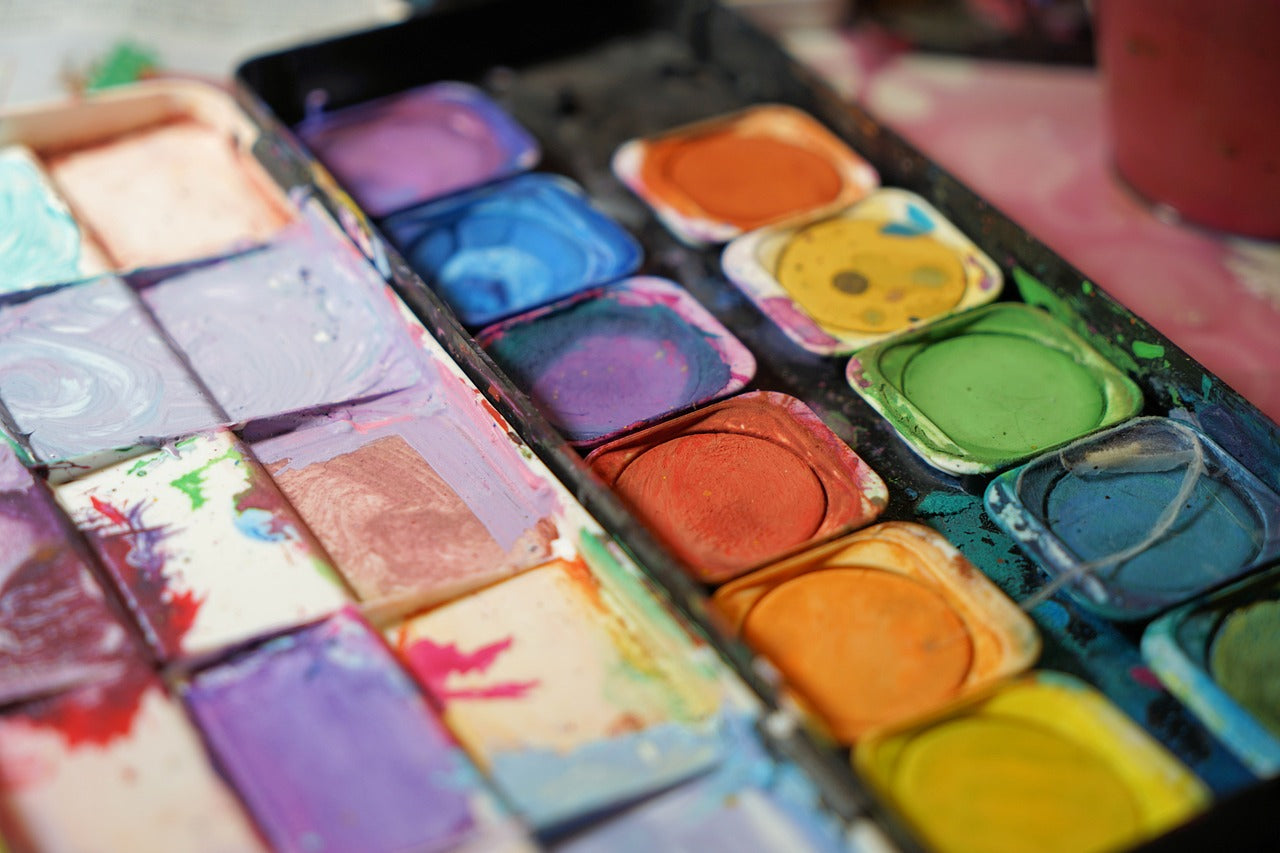
Nurturing Creativity: How Educators Can Help Children with Special Needs Connect with the Arts
By Susan Good
There’s a kind of quiet magic in watching your students light up during an art activity. Maybe it’s the focus they find in painting, the rhythm they feel when music starts, or the smile that sneaks in while building something with their hands. For educators teaching children with special needs, these small moments can feel like breakthroughs. The arts offer a space where structure meets freedom, and where kids who often feel misunderstood can express themselves in ways that words don’t allow. If you’ve been thinking about how to help your students engage more with the arts—whether it’s music, painting, theater, or dance—there’s no one-size-fits-all answer, but there are definitely paths worth exploring.
Let the Medium Choose the Moment
You might have an idea of what art “should” look like—paint on a canvas, a song on stage—but your students may gravitate toward something else entirely. Pay attention to what draws them in naturally. Maybe they hum constantly, or maybe they spend hours arranging toys just so. These small behaviors are clues about how their brain wants to create. Instead of pushing a particular art form, start with what feels easy and intuitive for them, even if it’s outside the box. Building with Legos, coloring in a favorite book, or dancing around the classroom absolutely count as artistic expression.
Remember That Sensory Play Is Art, Too
Traditional art spaces can be overwhelming for kids with sensory sensitivities. Bright lights, crowded rooms, unfamiliar materials—these can all be deal-breakers. But art doesn't have to be polished to be powerful. Try setting up a quiet, tactile art zone in your classroom with materials your students enjoy: textured paper, scented markers, clay, or kinetic sand. Even something like shaving cream art in the sink, if your classroom has one, or a plastic bin can be wildly engaging and soothing. The goal isn’t the finished product; it’s the sensory experience and emotional outlet it provides.
Ditch the Timetable
You don’t need to sign up for a weekly class or fill the calendar with structured activities. Sometimes, spontaneous bursts of creativity are more valuable than sticking to a rigid schedule. If your students want to sculpt with playdough during recess, great. Flexibility invites creativity in the door. The less pressure there is to “do it right,” the more your students can show up authentically and enjoy the process.
Preserve Your Students’ Art Digitally
When your students’ masterpieces start piling up faster than the classroom walls can hold, digitizing their artwork can be a game-changer. Snapping photos or scanning each piece and saving them as digital files helps preserve their creativity without the clutter, while also making it easy to share with families or use in keepsakes like photo books or slideshows. Saving their artwork as PDFs ensures consistent formatting and easy access across devices. A reliable PDF maker allows you to create or convert any document into a PDF—consult this useful resource to learn more.
Use Their Interests as an Entry Point
Special interests aren’t distractions—they’re doorways. If you have a student who is obsessed with trains, draw trains, paint trains, write a little book about a train’s adventure. If you have a student who loves animals, introduce puppet theater with stuffed animals or create a collage of different pets. Their focus might seem narrow to others, but within that narrow beam is a world of artistic possibility. Tapping into what they already love makes it easier for them to connect and express through art in a way that feels natural and rewarding.
Celebrate the Process, Not Just the Product
It’s easy to get caught up in outcomes, especially for teachers who want to feel they’ve done the best they can for their students (and their students’ parents): the perfect drawing, the recital performance, the completed project. But art is so much more than a finished product. Watch your students’ faces as they mix colors, strum strings, or stack cardboard. That’s where the magic lives. Encourage their curiosity and experimentation, even if the results look messy or chaotic to you. Every stroke, every beat, every scribble is a step toward confidence, communication, and emotional connection.
Collaborate When It Feels Right
Some kids thrive when creating alone. Others find joy in collaborating with siblings, parents, or peers. If your student is open to it, co-creating can be a powerful bonding experience between them and you or them and other students. You might encourage them to take turns with another child adding pieces to a shared painting, or invent silly dances together at recess. If they’re more introverted, consider parallel play-style collaboration where you encourage them to create side by side with other students without needing to directly interact. Either way, the shared creative space can open up a new channel of connection.
There’s no wrong way to do art, just like there’s no wrong way to be a person. For children with special needs, artistic expression can be one of the few areas where they aren’t boxed in by expectations or misunderstood by the world. Your job as an educator isn’t to teach them how to be an artist—it’s to help them discover that they already are one, in their own way. So offer the tools, clear a little classroom space, and follow their lead. You’ll be amazed at what they create—not just on paper, but in their sense of self, joy, and connection.
Discover innovative assistive technology solutions at Westminster Technologies and empower your learning journey with tools designed for accessibility and sensory integration.

Leave a comment